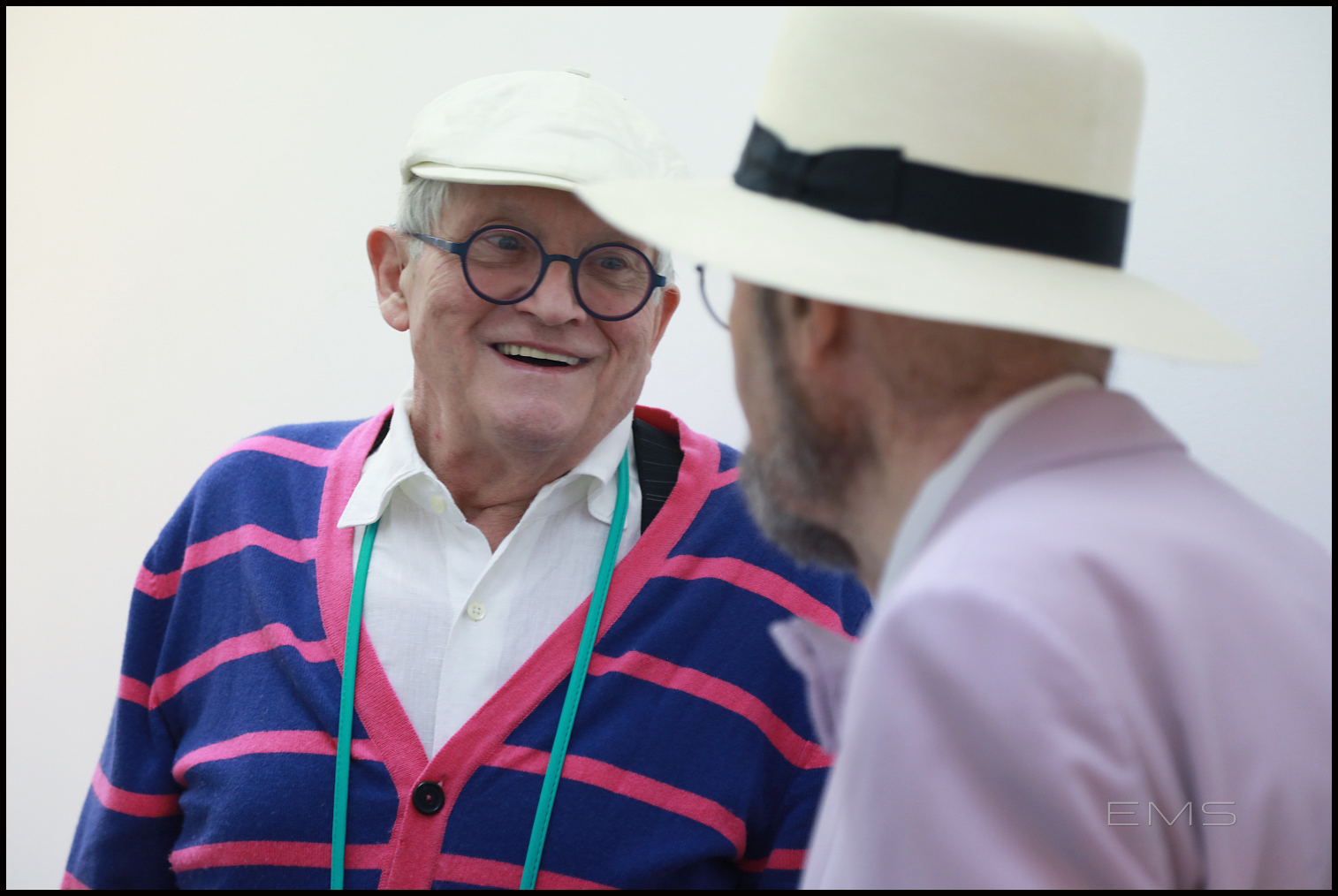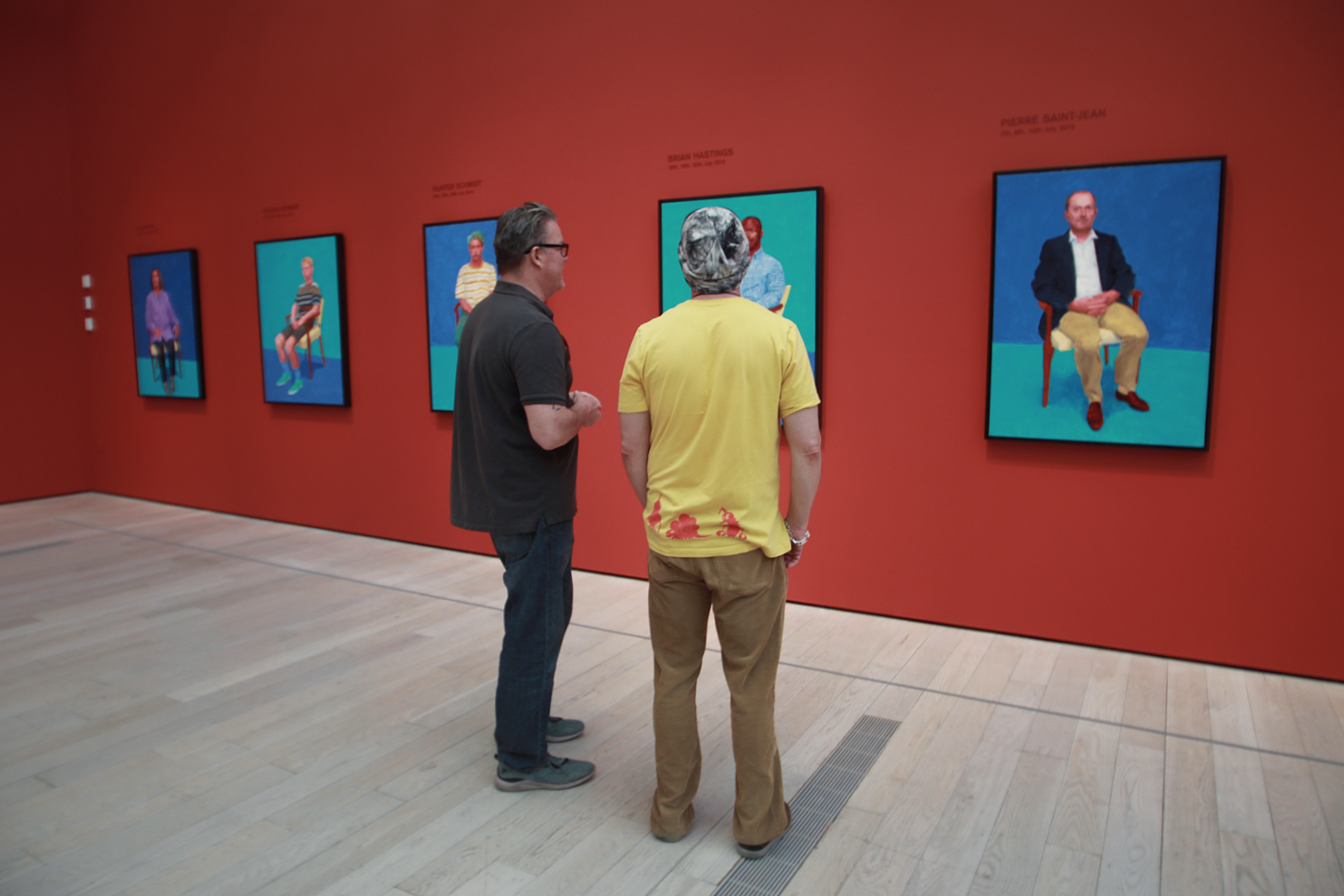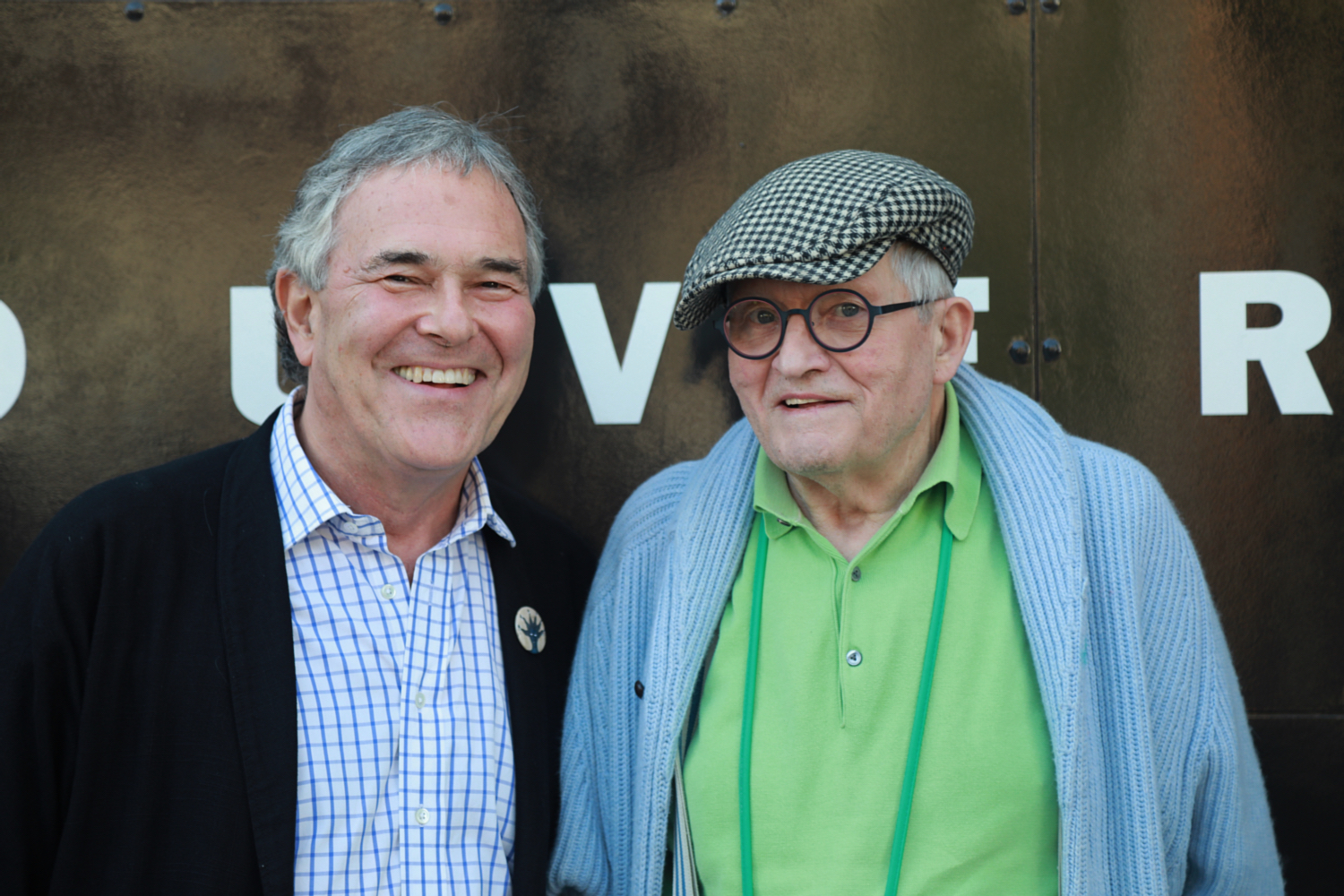“Venice, CA — L.A. Louver is pleased to present an exhibition of new works by Los Angeles-based artist Alison Saar. Taking inspiration from the character of Topsy in Harriet Beecher Stowe’s classic Civil War-era novel Uncle Tom’s Cabin, Saar re-contextualizes the sprightly uncouth slave girl as a symbol of defiance, through paintings on dyed vintage linens and sculptures carved from wood. “She was one of the blackest of her race,” writes Stowe of Topsy in Uncle Tom’s Cabin. “Her woolly hair was braided in sundry little tails which stuck out in every direction… there was something odd and goblin-like about her appearance.” In over a dozen works, Saar utilizes this literal characterization to figuratively transform the chastised and ill-mannered Topsy into a fearless girl-at-arms. Topsy, abused and mistreated by her former owners, was purchased by Augustine St. Clare and presented to his cousin Miss Ophelia as a gift with the challenge to make her “good.” Despite Ophelia’s attempts, Topsy steals and neglects her servant duties, and when reprimanded describes herself: “I’s wicked, – I is. I’s mighty wicked.” By contrast, Eva, Topsy’s child mistress and playmate, is portrayed with purity and light — her flaxen hair likened to a glowing halo. Upon her untimely death, Eva gifts each of the family’s slaves a lock of her hair. It is this final act of Eva’s love that ultimately tames Topsy’s wicked, wild-child ways. However, Saar imagines a different fate for Topsy. In the sculpture Topsy and the Golden Fleece (2017), the slave girl refuses to be pacified, and is emboldened to take matters into her own hands. Saar braids tales, and weaves into Topsy’s story the Greek myth of Jason and the Argonauts, drawing upon their seafaring journey to retrieve the Fleece of the Golden Ram to fulfill Jason’s claim to the throne. The artist recasts Topsy as a nude female figure, carved from wood, firmly postured like a self-possessed conqueror. Having deployed the sickle clenched tightly to her chest, Topsy rejects Eva’s docile offering of a single curl of hair, and instead commandeers her entire golden scalp, seizing Eva’s power to carve out her own destiny.”





Recent Comments